In an age where our lives increasingly unfold on screens, from smartphones to laptops, tablets to smartwatches, a quietly revolutionary philosophy is gaining momentum: Digital Minimalism. This idea isn’t about abandoning technology; rather, it’s about reclaiming control over it to enrich our lives. But why is digital minimalism suddenly a hot topic? What makes it so compelling—and necessary—in today’s hyperconnected world?
This article will unpack the rise of digital minimalism, explore its core principles, and explain why this approach is reshaping the way we interact with technology. We’ll also consider practical strategies for embracing it without feeling like you’re missing out. Whether you’re a tech enthusiast, a burnout professional, or just someone curious about living smarter with devices, digital minimalism offers an intriguing path forward.
The Context: Why Digital Overload Is a Real Problem
To understand why digital minimalism is gaining traction, it helps to grasp the scope of the problem it addresses. Technology, especially the internet and smartphones, has revolutionized our world. But with revolution often comes chaos.
The Attention Economy: The Battle for Your Mind
Most digital platforms, from social media to streaming services, operate on the attention economy model. Your time and focus are the product, and companies compete fiercely to capture and monetize them. Notifications, autoplay videos, infinite scrolls—these design tricks are all engineered to keep you hooked, often at the expense of your mental clarity.
Statistics spotlight this:
- The average person checks their phone around 96 times a day.
- People spend upwards of 4 to 7 hours daily on screens.
- Multitasking with devices reduces productivity and increases stress.
When your attention is fragmented and constantly solicited, your brain never truly rests. This leads to what researchers call “cognitive fatigue,” which can impair decision-making, creativity, and emotional health.
Psychological Consequences: Anxiety, Depression, and FOMO
Several studies link excessive digital consumption with negative mental health outcomes:
- Anxiety and depression: Constant exposure to curated social media lives can foster feelings of inadequacy and loneliness.
- FOMO (Fear of Missing Out): The pressure to stay updated breeds stress and distracts from the present moment.
- Sleep disturbances: Blue light from screens and late-night scrolling disrupt circadian rhythms.
The result? Many feel overwhelmed, burnt out, and disconnected despite—or because of—their digital interactions.
What Is Digital Minimalism?
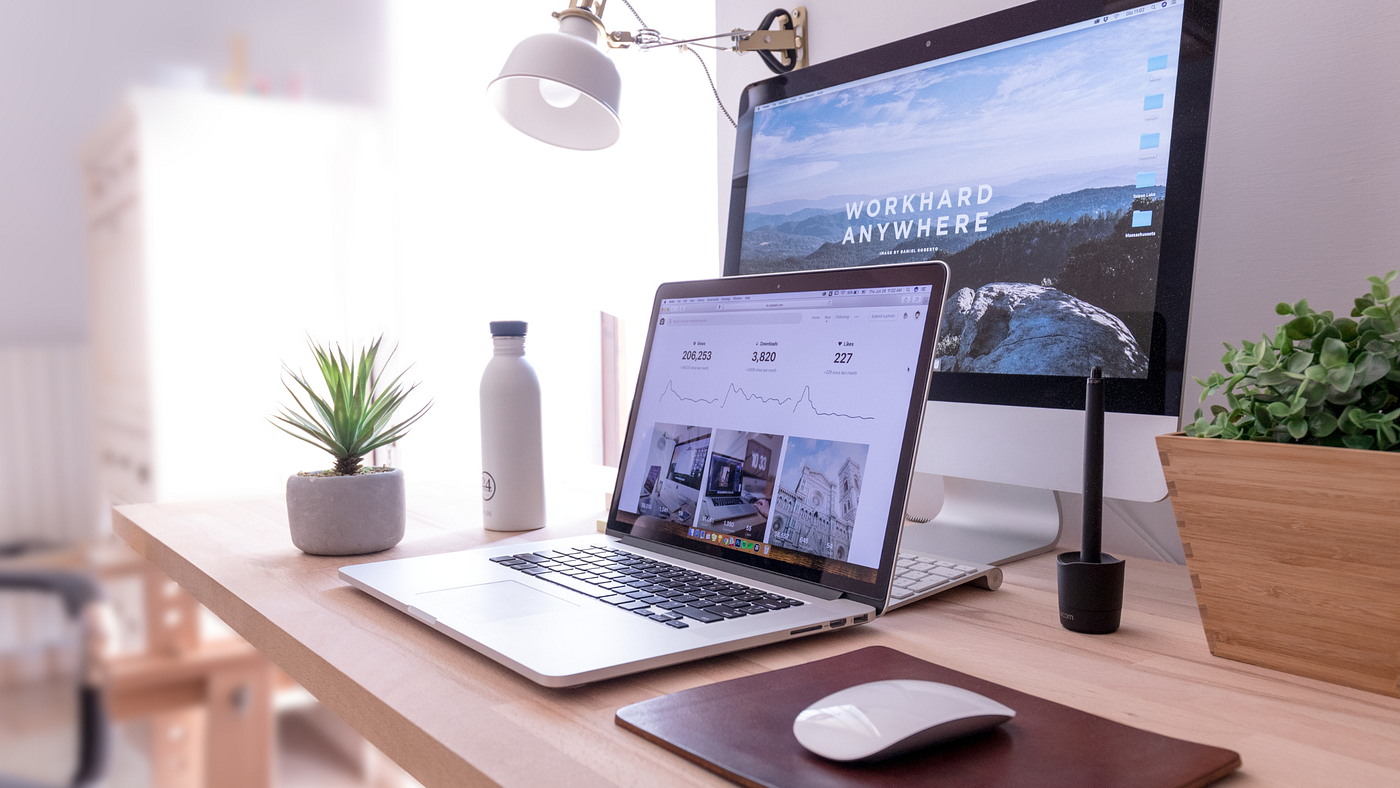
Coined and popularized by Cal Newport in his 2019 book Digital Minimalism: Choosing a Focused Life in a Noisy World, digital minimalism is a philosophy that advocates for intentional and judicious use of technology. It’s about choosing digital tools that truly add value, and eliminating the noise and distraction that don’t.
Core Principles of Digital Minimalism
- Clarity of Purpose: Use technology deliberately with clear reasons, rather than out of habit or boredom.
- Less is More: Limit the number of apps, devices, and online platforms you engage with.
- Focus on Quality: Invest time in meaningful digital experiences that enrich your life or work.
- Reclaim Attention: Design boundaries to protect your focus and mental space.
- Offline Priorities: Cultivate real-world relationships and hobbies that don’t rely on screens.
In essence, digital minimalism flips the script from passive consumption to active choice.
Why Is Everyone Talking About It Now?
Digital minimalism’s rise isn’t accidental. Several cultural, technological, and psychological trends have made it resonate widely.
The Pandemic Effect
The COVID-19 pandemic accelerated digital reliance as millions shifted to remote work, online schooling, and virtual socializing. While tech enabled continuity, it also intensified screen time, zoom fatigue, and digital overwhelm. This sparked reflection on how technology should serve us, not enslave us.
Increased Awareness of Tech’s Dark Side
Public debates about social media’s addictive design, misinformation, data privacy, and mental health impact have led many to rethink their digital habits. Influencers, journalists, and even tech insiders have championed digital minimalism as a healthier approach.
The Productivity Movement
As work-from-anywhere becomes normalized, workers are eager for productivity hacks that reduce distraction. Digital minimalism aligns perfectly with this goal by advocating for focused work and clearer boundaries between work and personal life.
How to Practice Digital Minimalism: A Practical Guide
If you’re intrigued by digital minimalism, here’s a simple roadmap to get started.
1. Conduct a Digital Declutter
Identify all digital tools you use daily—apps, social networks, devices. Ask:
- Does this tool serve a clear purpose?
- Does it bring value or joy?
- Would life improve if I removed or reduced it?
Then, eliminate what doesn’t pass these tests. For example, consider uninstalling apps you open mindlessly or unfollowing social media accounts that don’t inspire or inform.
2. Set Boundaries and Rituals
Create technology rituals—specific times and places for device use, and times of digital abstinence.
- No phones during meals or the first hour after waking.
- Designate “tech-free zones” in your home.
- Use Do Not Disturb modes or app blockers during deep work or relaxation.
3. Replace Passive Scrolling with Intentional Activities
When boredom or downtime strikes, resist the reflex to reach for your phone. Instead:
- Read a physical book.
- Take a walk.
- Practice meditation or journaling.
- Connect with people face-to-face or through meaningful calls.
4. Prioritize High-Quality Digital Interactions
Focus on tools that support your goals and relationships:
- Use email and messaging apps to communicate purposefully.
- Follow creators and communities that add value.
- Schedule specific times for social media or entertainment, rather than continuous engagement.
5. Regularly Reassess Your Digital Life
Digital minimalism is not a one-time fix. Technology evolves, and so do your needs. Periodically reflect on your digital habits and adjust as necessary.
Benefits of Embracing Digital Minimalism
Adopting digital minimalism offers profound benefits that go beyond just less screen time.
Improved Mental Health and Focus
With fewer distractions, your brain can rest and recharge. People report less anxiety, improved mood, and enhanced concentration.
Enhanced Productivity and Creativity
By limiting interruptions, you regain deep focus, leading to higher quality work and innovative thinking.
Stronger Real-World Relationships
Cutting back on superficial online interactions opens space for genuine connection offline.
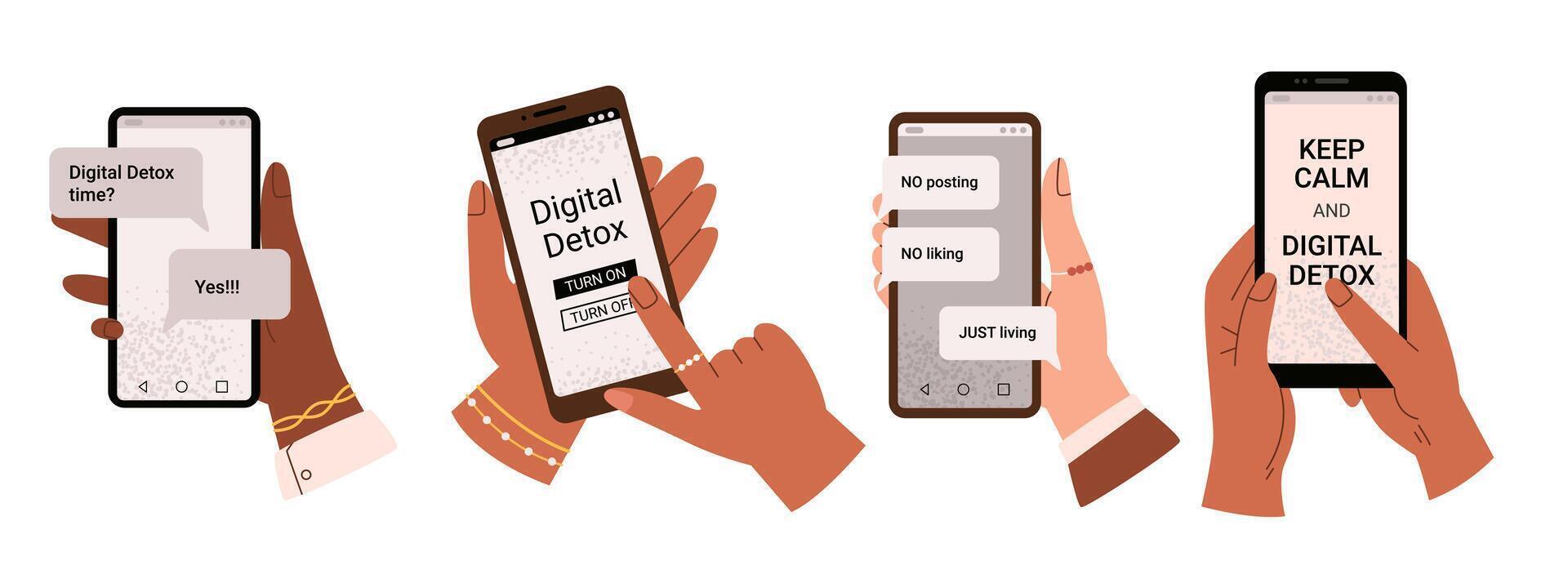
Greater Sense of Freedom and Control
Instead of feeling controlled by notifications and algorithms, you become the master of your digital environment.
Common Misconceptions About Digital Minimalism
“It Means Giving Up Technology Completely”
Nope! Digital minimalism is about selective use, not total rejection. The goal is to leverage technology intentionally, not to go off the grid.
“It’s Only for Tech Experts or Hermits”
Digital minimalism is for everyone, from busy parents to CEOs. It adapts to your lifestyle and priorities.
“It’s Just a Trend”
While popularized recently, the underlying ideas—mindful consumption, focus, and simplicity—are timeless.
Digital Minimalism in Different Contexts
For Students
Focus beats multitasking. Digital minimalism encourages studying without distractions, using devices for learning rather than entertainment, and balancing screen time with offline socializing.
For Professionals
Digital minimalism supports remote work by helping set boundaries, avoid burnout, and maintain productivity.
For Creators and Influencers
It helps prioritize quality content creation over endless posting, reducing the pressure to be constantly online.
For Families
Encourages shared offline activities, setting tech rules for kids, and fostering meaningful conversations.
Tools and Resources to Support Digital Minimalism
- App blockers: Freedom, StayFocusd, Cold Turkey.
- Minimalist phone launchers: Such as the Light Phone or Focus Mode features.
- Mindfulness apps: Headspace, Calm (to reduce stress).
- Books: Digital Minimalism by Cal Newport, How to Break Up with Your Phone by Catherine Price.
- Communities: Online groups dedicated to digital wellness and minimalism.
The Future of Digital Minimalism
As technology evolves—think AI assistants, immersive VR, and ever-more personalized algorithms—the tension between convenience and overwhelm will intensify. Digital minimalism’s emphasis on intentionality and control will likely become even more crucial.
Organizations might also embrace minimalist digital cultures to boost employee well-being. Educational systems could teach digital literacy alongside minimalism principles.
Ultimately, digital minimalism is not anti-technology; it’s pro-humanity—ensuring our tools empower rather than enslave.
Final Thoughts
Digital minimalism offers a refreshing antidote to the chaos of constant connectivity. It asks us to reclaim our time, attention, and mental peace by curating our digital lives with care. This movement’s growing popularity reflects a deep cultural yearning to balance the benefits of technology with the timeless need for focus, presence, and genuine connection.
By thoughtfully embracing digital minimalism, we don’t just reduce screen time; we enrich life itself.

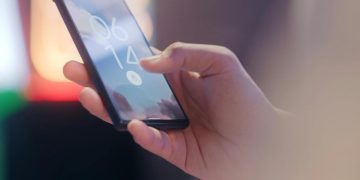



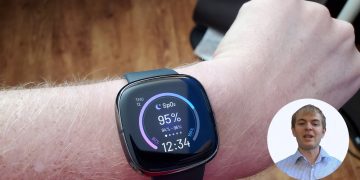



















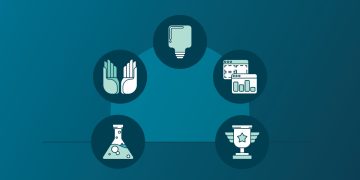
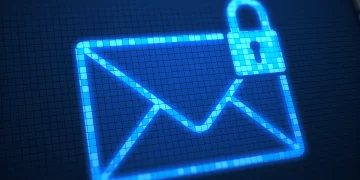


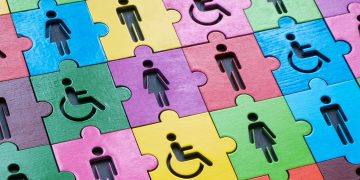

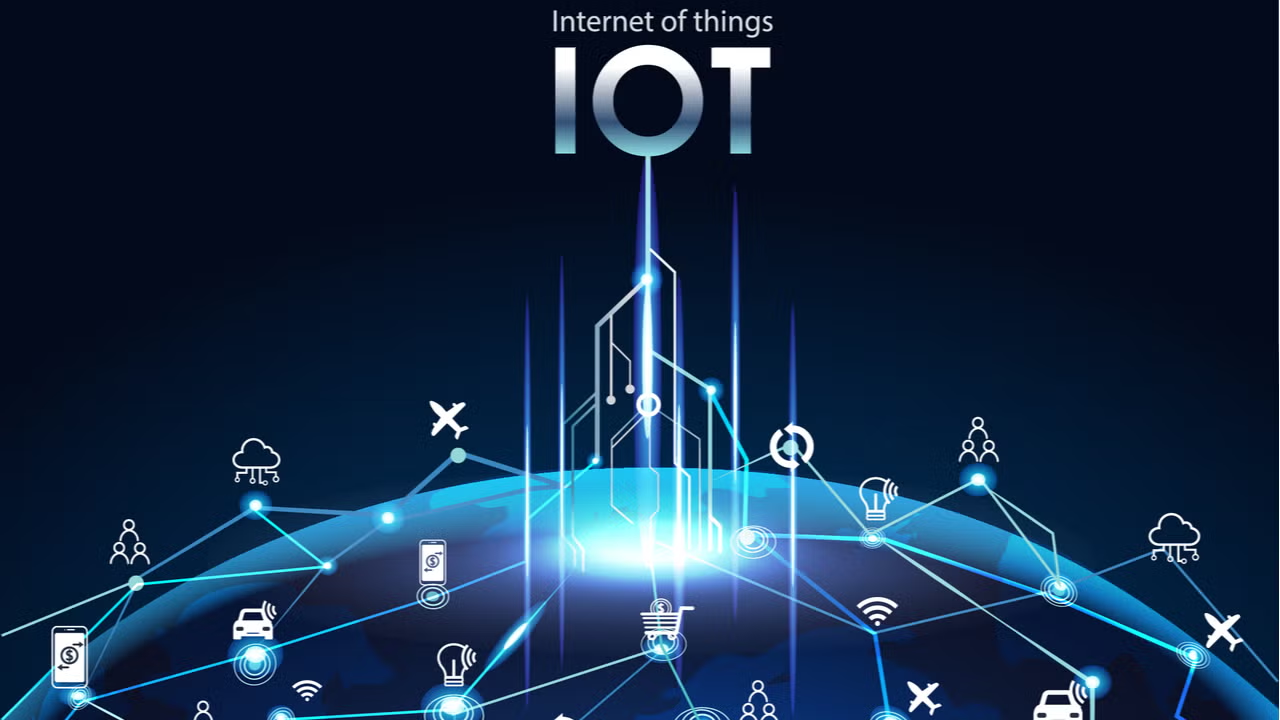
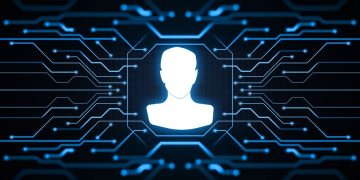

















Discussion about this post